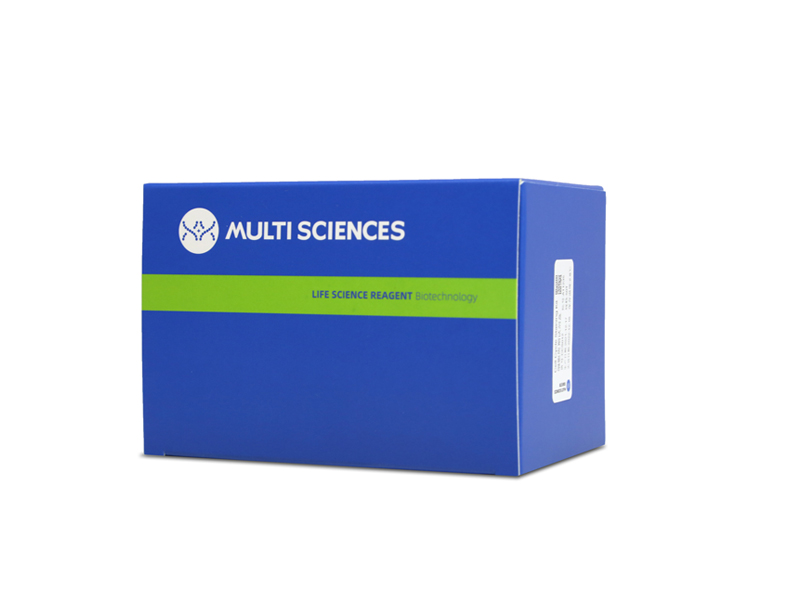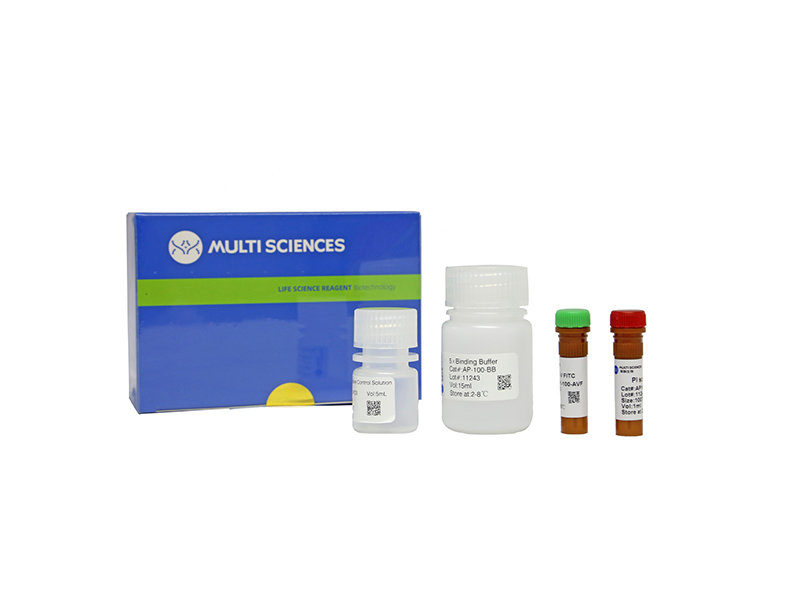Circular RNAs (circRNAs) play critical roles in different diseases. Exosomes are important intermediates of intercellular communication. While both have been widely reported in cancers, exosome-derived circRNAs are rarely studied. In this work, we identified the differently expressed circRNAs in bladder cancer (BCa) tissue and exosomes through high-throughput sequencing. RNA pull-down, RNA immunoprecipitation, and luciferase reporter assays were used to investigate the interactions between specific circRNAs, microRNAs (miRNAs), and mRNAs. Wound-healing, Transwell, Cell Counting Kit-8 (CCK8), and colony-formation assays were used to study the biological roles in vitro. Metabolomics were used to explore the mechanism of how specific circRNAs influenced BCa cell behavior. Flow cytometry was used to study how specific circRNAs affected the function of CD8+ T cells in tumor microenvironments. We identified that exosome-derived hsa_circ_0085361 (circTRPS1) was correlated with aggressive phenotypes of BCa cells via sponging miR-141-3p. Metabolomics and RNA sequencing (RNA-seq) identified GLS1-mediated glutamine metabolism was involved in circTRPS1-mediated alterations. Exosomes derived from circTRPS1 knocked down BCa cells, prevented CD8+ T cells from exhaustion, and repressed the malignant phenotype of BCa cells. In conclusion, exosome-derived circTRPS1 from BCa cells can modulate the intracellular reactive oxygen species (ROS) balance and CD8+ T cell exhaustion via the circTRPS1/miR141-3p/GLS1 axis. Our work may provide a potential biomarker and therapeutic target for BCa.
文章引用产品列表
-
- AT105 187 Citations
- 凋亡试剂盒
Annexin V-APC/7-AAD Apoptosis Kit(细胞凋亡试剂盒 - 贴壁细胞专用)
- ¥1,010.00 – ¥2,090.00
-
- AP105 324 Citations
- 凋亡试剂盒
Annexin V-APC/7-AAD Apoptosis Kit 细胞凋亡试剂盒
- ¥780.00 – ¥1,860.00



